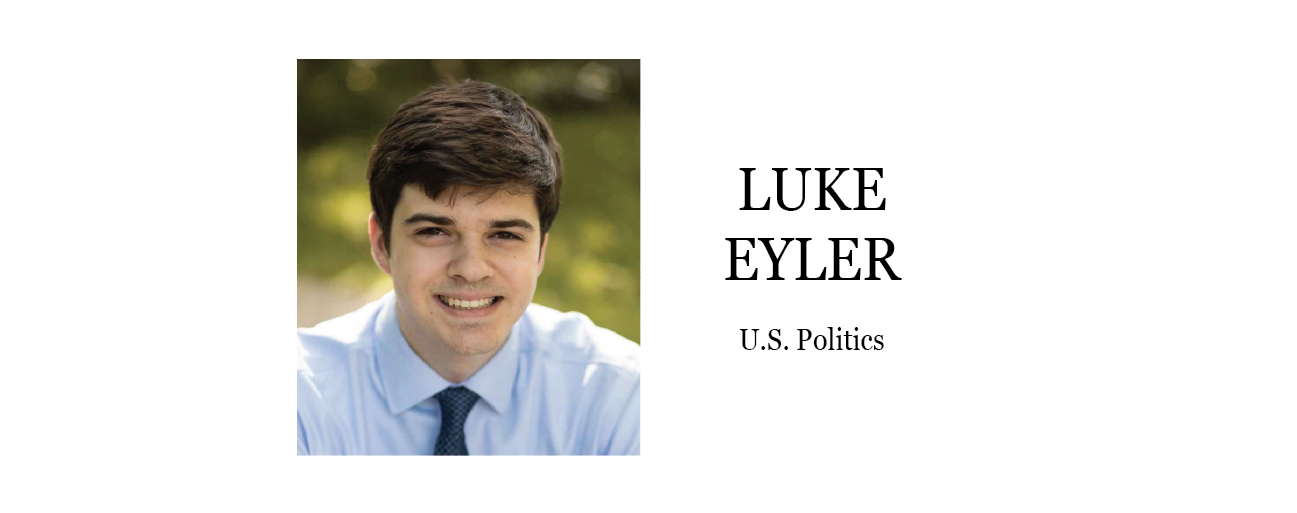The workers in America are currently in a crisis. In the U.S., 20 states continue to pay their workers the federal minimum wage of $7.25 per hour. At this wage, workers working full time would only make around $15,000 per year. This means that a working adult with two children will live below the poverty line even though they are working full time. Social media has been filled recently, with many voters arguing that we shouldn’t exploit our workers any longer. Senators Warren, Sanders and Warnock have tweeted in support of raising the minimum wage, and their followers are following suit. On January 22, President Joe Biden signed an executive order to raise the minimum wage to $15 per hour for federal employees and contractors. A bill in Congress has also been presented by top Democrats that would raise the minimum wage to $15 for all American workers. This has intensified the debate on whether we should treat our workforce fairly and raise the wage for all.
According to the Economic Policy Institute, raising the minimum wage to $15 per hour would increase the wages of about 40 million people. It would also lift an estimated 1.3 million Americans out of poverty. The minimum wage in the United States has not kept up with the increase in productivity or inflation. In fact, according to the Economic Policy Institute, if the minimum wage kept up with productivity it would be $22.19 per hour. The $7.25 per hour number has not risen since 2009 and needs to be updated. Inflation has risen by 1.63% since 2009, and our minimum wage has not kept up. This being said, the least we can do for our workers is to give them a living wage.
This higher pay is a reality in many other first world countries. For example, in Denmark the starting pay for a McDonald’s worker is $22 per hour, according to the New York Times. However, a search on Indeed shows that in the United States the average McDonald’s cashier makes just over $10 per hour. These large corporations can pay their workers a living wage but refuse to due to a lack of protections for workers and unions in the U.S.
While there are many benefits that raising the minimum wage would create, there are always trade-offs when the government puts regulations in place. For example, raising the minimum wage to $15 per hour would cost the United States around 1.3 million jobs, according to the Congressional Budget Office. However, economists would argue that putting more money in the hands of Americans would lead to extra participation in the market. This is shown by a study conducted by Doug Hall and David Cooper, which showed that if the minimum wage was raised by $2.55, it would increase in GDP and employment. This could lead to an economic boost overall. While many people think that the minimum wage debate can be explained by a simple supply and demand graph, it is often more complicated than that. Many economic journals have shown that an increase in the minimum wage can increase productivity in the workplace. This issue has become bipartisan as well, as Florida voted to increase the minimum wage in November.
The policy of raising the minimum wage is not as basic as many like to think it is. We must listen to what the research is saying, and if the trade-offs of raising the wage are worth it. The minimum wage needs to be increased as soon as possible because we cannot have our essential workers, which have been hit hardest during the pandemic, making poverty wages. An increase in the minimum wage would also not significantly hurt employment, and could lead to an increase in GDP and consumer spending. This is an issue that cannot go unnoticed any longer, it is time for us to demand more from our government and businesses.

